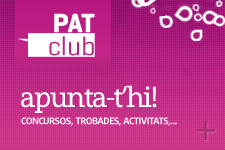Amis
Hierarchy classification:
Related term/s
Alternative term/s
- Pangcah
Anotations
Scope note:
Cultures and styles of the Amis people lived in Taiwan. The Amis people refer to themselves in two ways: Pangcah meaning “we people” is used in regions north of Taitung, and Amis meaning “northerners” is used in the south. The denomination has to do with routes of migration and interaction among tribes. The Chinese term came to adapt Amis. The Amis territory stretches from the Qilai plain to the Hengchun peninsula, where the Amis people develop an agrarian culture intricately rooted in the low lands of Taiwan’s eastern valley and coastal plains. The Amis has the largest population of aboriginals in Taiwan.There are three subcategories of the Amis people based on geographical and cultural-linguistic differences: The Northern group of “Nanshi” Amis, the Middle group of “Xiuguluan” Amis and coastal Amis, and the Southern group of “Falangaw” Amis and Hengchun Amis.The property inheritance of the Amis is matrilineal and traditional matrimony follows the rule of mikadafo which marries Amis men into the brides’ homes. The Amis tribe is co-governed by clan chiefs, who assign responsibilities and tasks to male members of different age classes. The Harvest Festival, known as Malalikid, is the most important celebration which unifies traditional beliefs, social structure and tribal identity.


